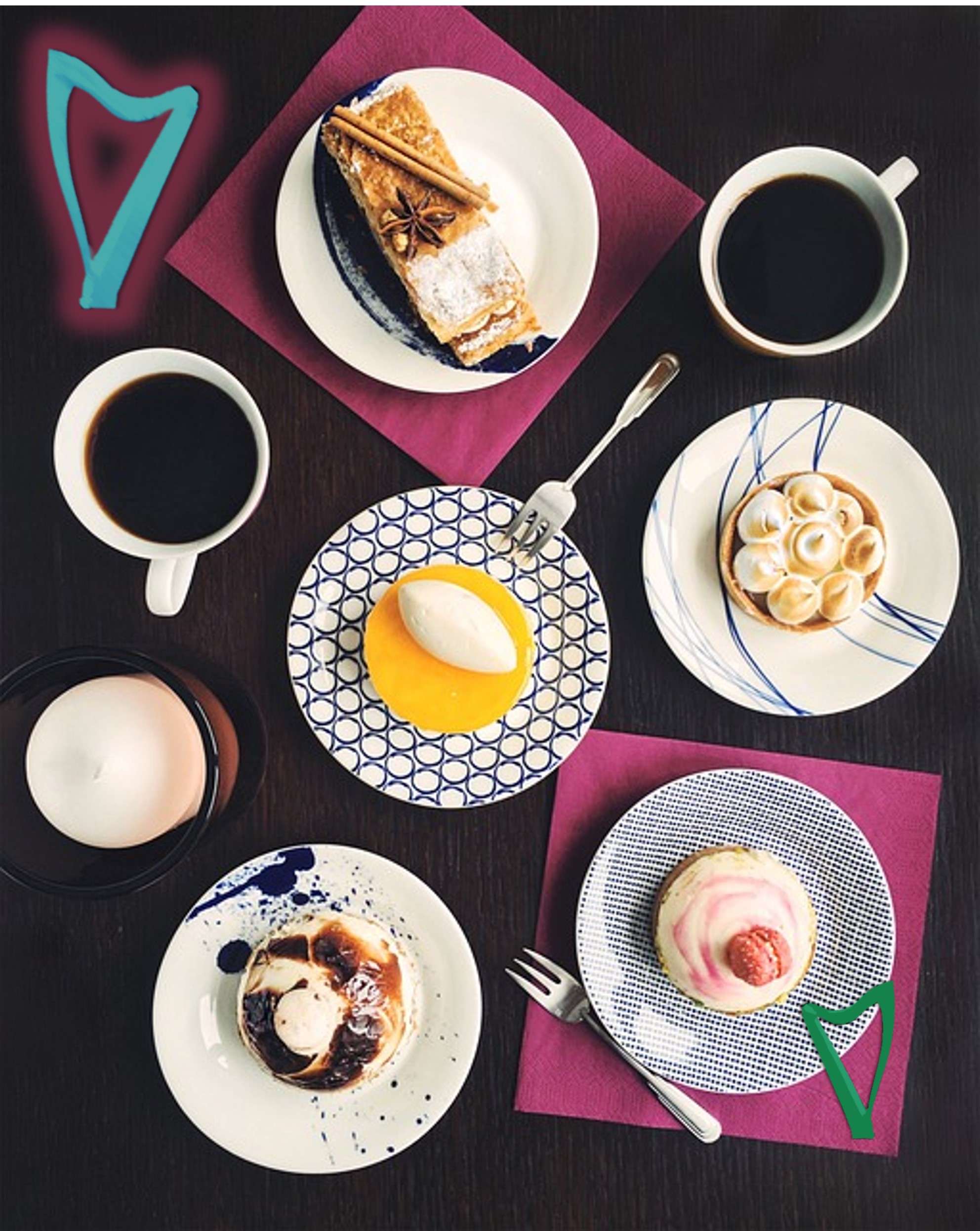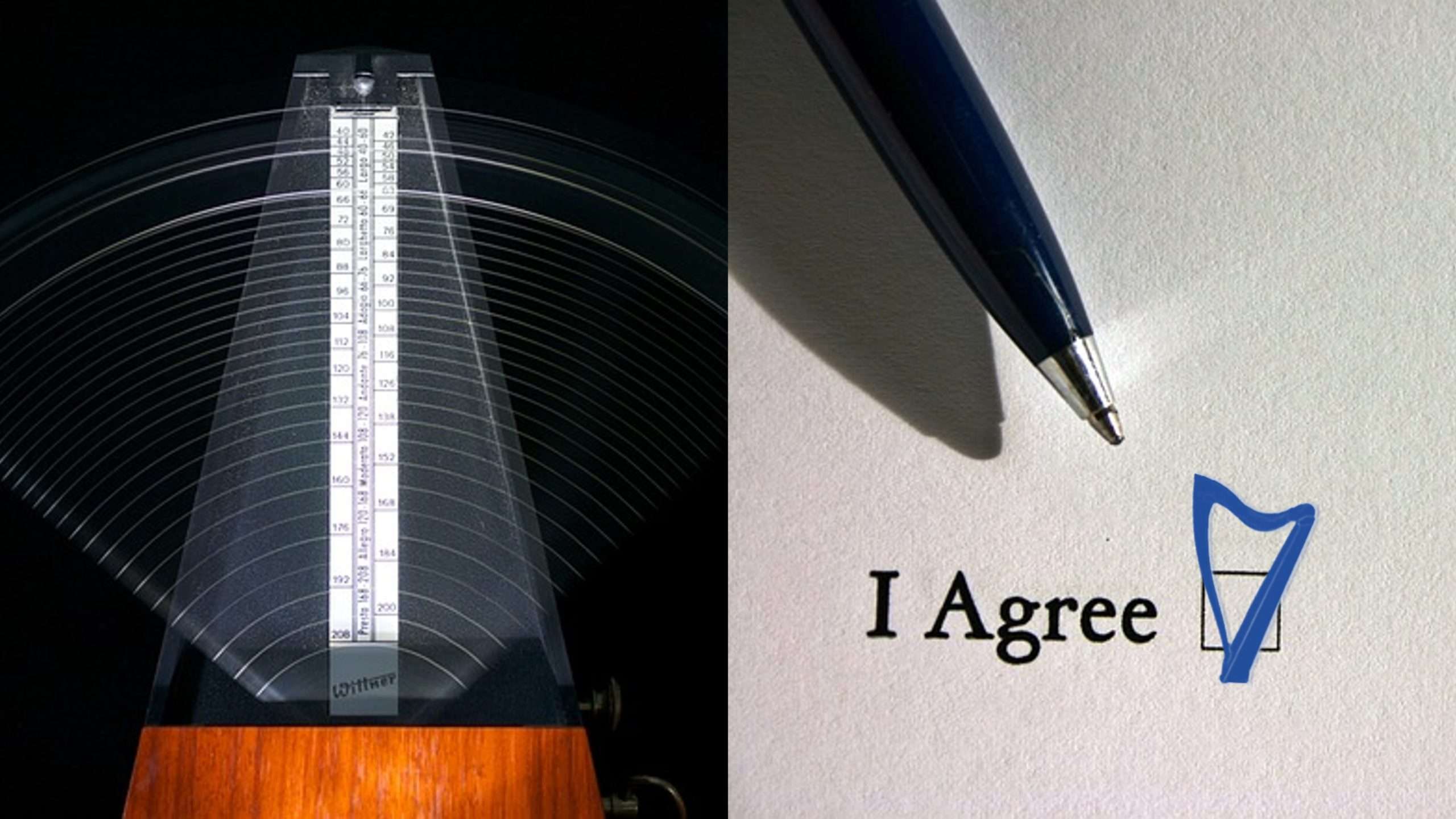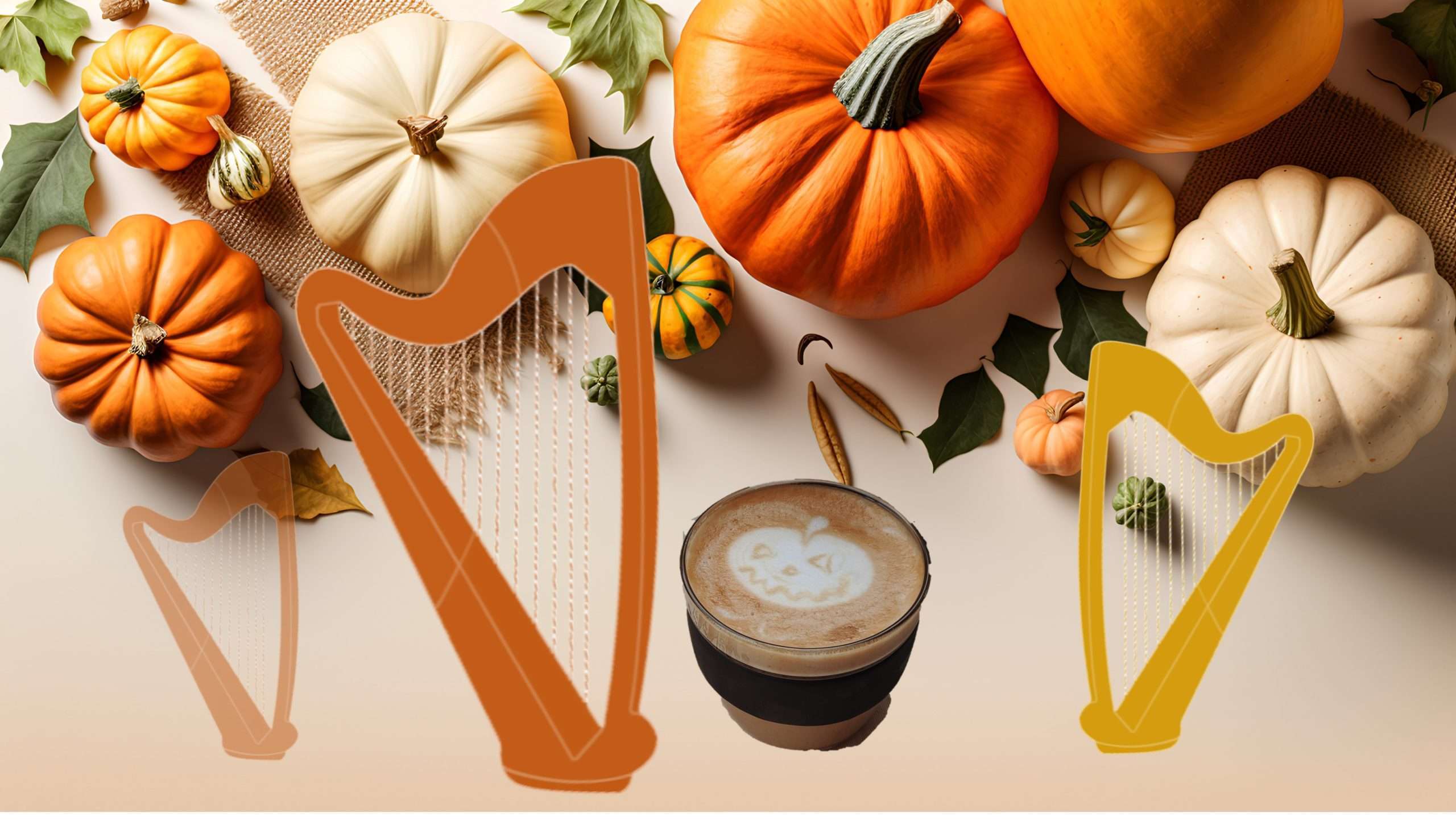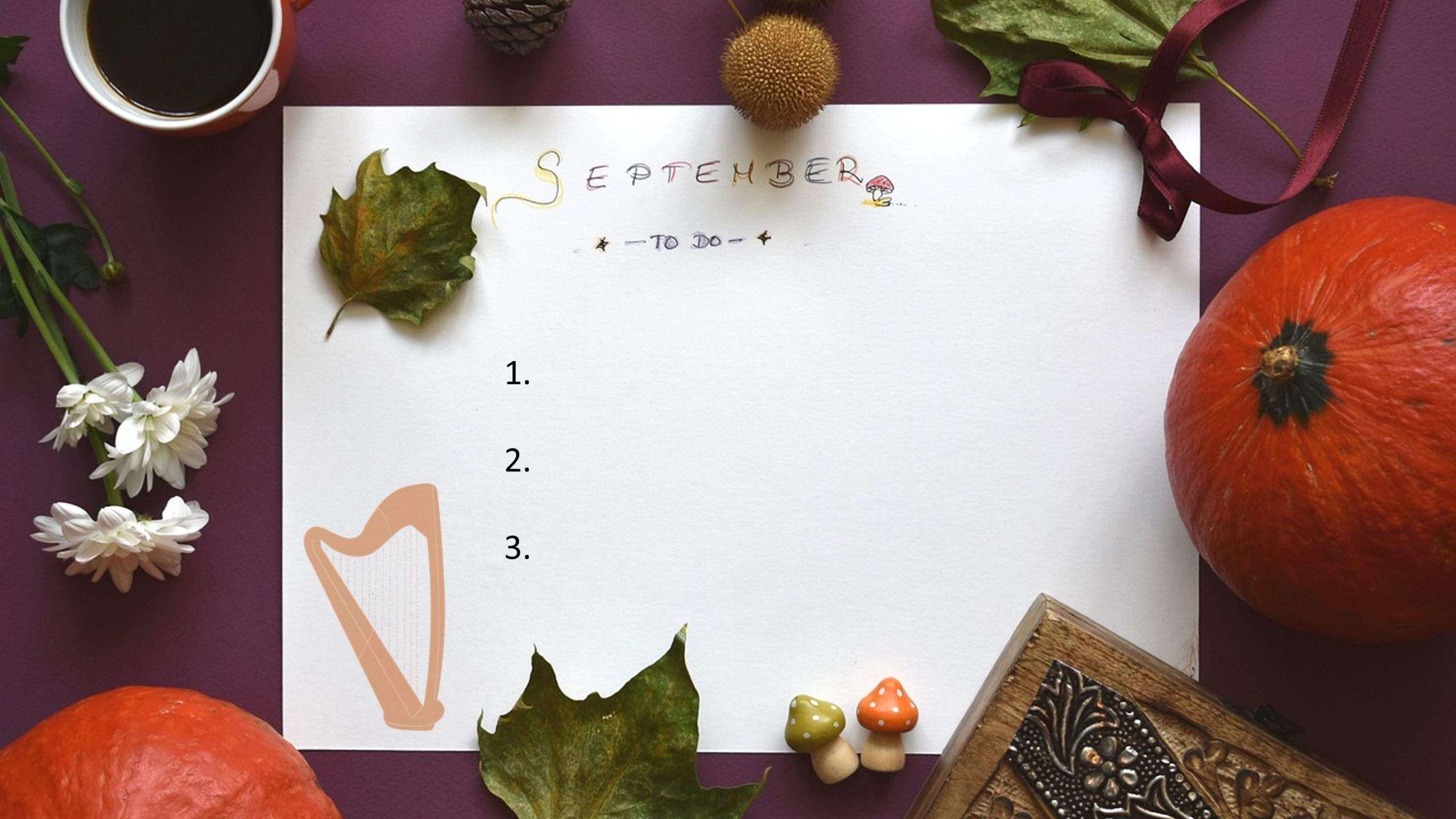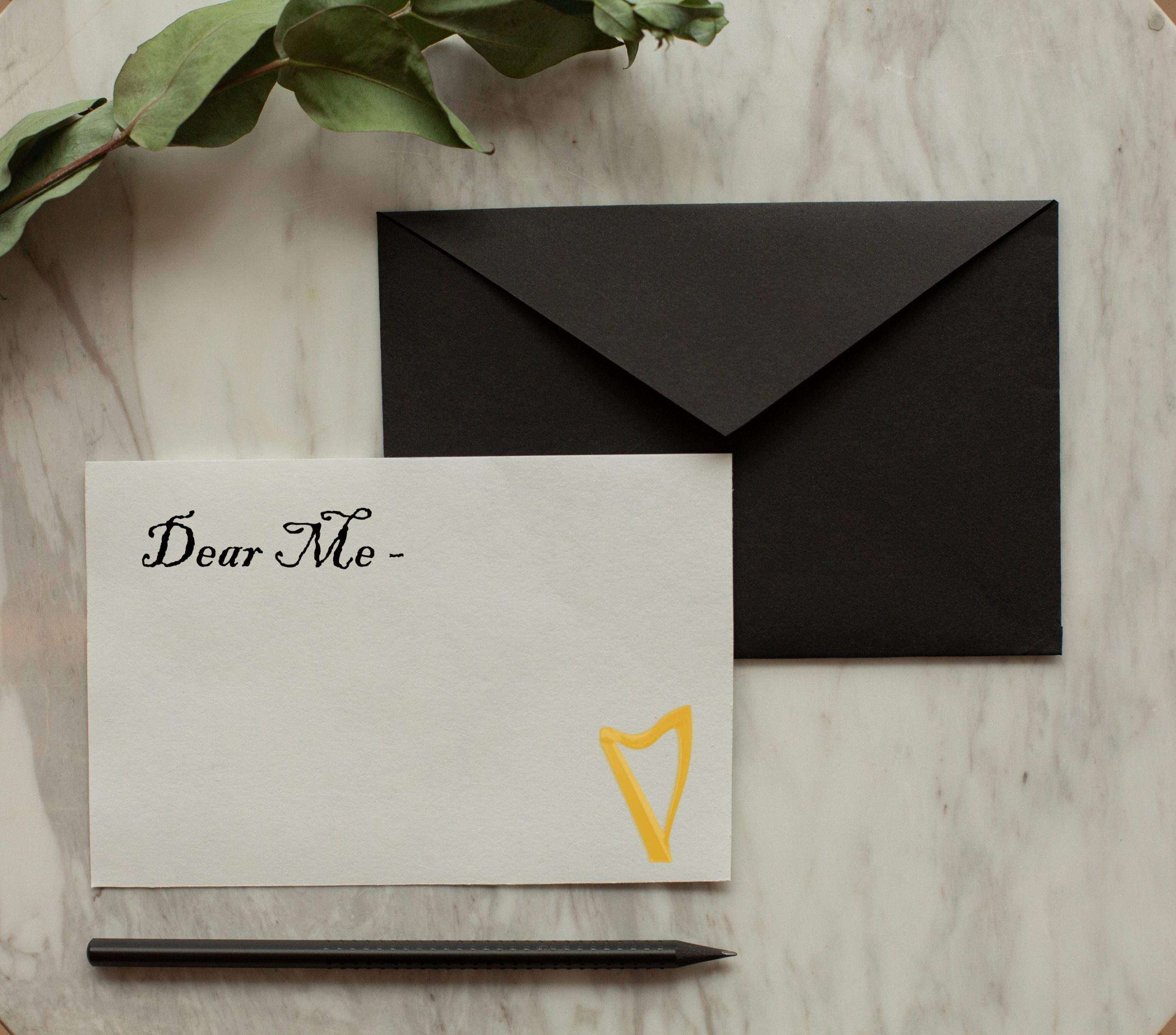How to Host a Harp Circle –
Harp Circles are one of those lovely pleasures of playing the harp. They are the ultimate all-in-one thing because they include socializing, performing, collaborating, sharing, laughter, and snacks. What is not to love about that?
Harp Circles come in a variety of forms – they can be recitals dressed up as a social event, they can be “additional lessons” driven by your teacher, or they can be a harp party. In my mind the harp party is the best form because they are just fun – low stress, low anxiety, low prep, and high fun.
Organizing a harp circle can be pretty simple. The first two types are the easiest because they are completely organized by the teacher so as an attendee your only real job is to show up and be tuned when everyone’s ready to start.
But not everyone has a teacher. Not every teacher wants to host these events. In either of those cases, you might want to host the Harp Circle yourself! After all, some people just like to host parties. And some people just want to have an opportunity to share music. So, what would you need to do? Here are some suggestions:
- Like any (casual) party, select a date. The date should be far enough in the future so that people can plan for it, but not so far that they can equally easily forget about it. The date should be convenient for your group – weekend afternoons are often popular. But as the host, be certain the date works for you and that you have enough time to plan and prepare before inviting everyone!
- Figure out how many people (with harps) can fit in your space. You probably want to stick relatively closely to the circle arrangement so there’s no “leader” or any kind of implied hierarchy. If you have a small house (like mine) you might only be able to fit a few (I’ve calculated that if I move furniture and people play my harps (rather than bringing their own), I could get about six to eight people but I have a friend that has a room that is only slightly smaller than a football stadium and she can get a lot more people in! Safety first – ensure that with those people and harps in the room there is enough space to move around without knocking over anyone’s harp! Also important – make sure there is an easy way out in case of emergency.
- Identify who you’re going to invite. You could invite all the harp players in your area (or that you know). You could include a “bring a friend” element to encourage the harp players you do know to bring along someone you don’t know. If you have a small space, you might include an RSVP so you can manage the throngs that attend.
- Decide what you’ll do at the party. As I said above this can range from a recital to a rave – it’s up to you. I really enjoy it when there is a little structure. An example agenda might be:
- Gather, chat, set up, chat, tune, chat. Did I mention that this is meant to be social?
- Pick someone to start. You can draw lots, select playing cards, roll dice, flick a spinner, ask for a volunteer, it’s up to you. From that person, go around the circle with each person starting a tune that all can join in. These tunes are for fun. You want to hold “party pieces” in reserve for later! This is a good time to ensure everyone is included – if you have less experienced people, play fun tunes slowly so they can join in. You can increase speed with each repetition, but you don’t people to feel excluded or abandoned by playing everything too fast!
- Ensemble (either by sight reading or playing something that everyone has already worked on).
- Party pieces – those “show off” tunes that everyone has worked on. This can also be the time to play things in various states of repair – someone might be just learning a tune while someone else might be in the polishing phase (and everything in between!). The point is to share the music and to encourage one another to play and enjoy. ENCOURAGEMENT ONLY!
- Snacks and Chats – the social part of the party!
- Return to play some more!
- Gather, chat, set up, chat, tune, chat. Did I mention that this is meant to be social?
- Plan your menu. One of the best parts of a Harp Circle is the social time! That’s because we are a community of harpers. Community is important and requires care and feeding and snacks and beverages are an excellent way to do so! Do you want to cater it yourself? Do you want to invite people to do a desert potluck? A meal potluck? An ice cream social? I’d suggest you only serve food that isn’t too messy (because you don’t want to have a line to wash hands when it’s time to return to the harp…and you don’t want to have to steam clean your house when it’s over!). I also suggest that you provide the beverages – then you’ll know how many cups, glasses, spoons you’ll need to have on hand. Fun and/or seasonable drinks typically go over well.
- Prep. On the day, clear out the furniture you need to move, set up your snacks area, and make sure there’s enough light in your playing space.
- Bring in your circle and enjoy!
- When the party’s over – of course, you’ll need to clean up but first, make some notes to capture what you enjoyed and how much fun you had! You can also write down what you might want to change or what didn’t work (e.g., serving chocolate lava cake might have been a masterful culinary stroke but then everyone had “lava” on their fingers and there was a line for the kitchen sink).
- Start planning the next one (or start helping someone else plan the next one – there’s no need for you to host every party).
Have you hosted a Harp Circle before? Did I leave anything out? If not, are you motivated to schedule one (maybe after the holidays)? Was this list comprehensive enough to start your own planning? Let me know in the comments!
